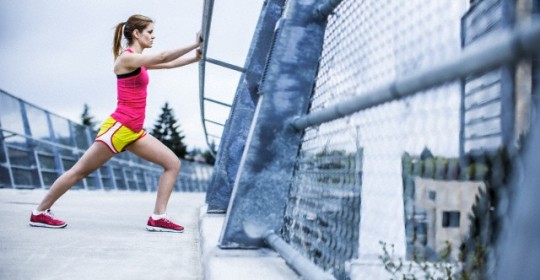
2013-11-27

Learning three stages of disc protrusion:
The first stage: acute inflammation
When the disc is injured for 2 to 7 days, the tissue surrounding the disc will become inflamed. This is a normal automatic repair function of our body to protect disc. If the patient can receive disc decompression manipulation within 2 to 3 days after disc protrusion, the effect is very significant.
The second stage: repair period
In 3 to 14 weeks after the disc protrudes, the collagen in the body will be produced around the soft tissues for repair work. Decompression Manipulation can reduce the disc pressure and arrangement the distribution of collagen to repair the annulus fibrosus, making the disc more elastic. In terms of nutritional supplements, it is recommended to absorb water-soluble collagen to increase the body’s amino acids (Glycine and Proline) to help repair and rebuild disc tissue.
The third stage: regeneration period
This stage ranges from 3 weeks to 2 years. Patients should relearn the correct posture, improve their living habits, and exercise to strengthen their low back.
For nutritional supplements, it is recommended to absorb type II collagen and Omega 3 fatty acid to help lubricate joints and assist bone movement.
Correct posture and change living habits
- Do not bend down to lift objects, but squat down.
- Do not bend over to wash your hair, stand with your back to the shower head.
- Do not cross your feet when sitting.
- Do not sit for long periods of time and try to take short breaks. A back cushion supporting the low back should be added behind the seat to reduce low back pressure.
- Do not sit on low stools or on the floor.
- Do not sit on a sofa that is too soft.
- Do not sit on the bed and watch TV or read a book with your feet straight.
- Sneezing and coughing will increase the pressure in the disc. The abdomen should be tightened as much as possible and the hands should be pressed to the abdomen to reduce the shock.
- If you sleep on your back, put a pillow under your knees. If you lie on your side, put a pillow between your legs.
- Do not lie on your back and bounce up when you get up. You should turn your body to the side, rise in slow motion, and then lower your legs before standing.
- Do not stand forward or bend backward when doing any low back exercise. Avoid any low back exercise that requires swinging, bending or tilting your low back.

 Book an Appointment
Book an Appointment


